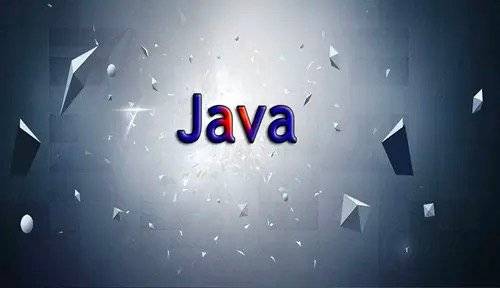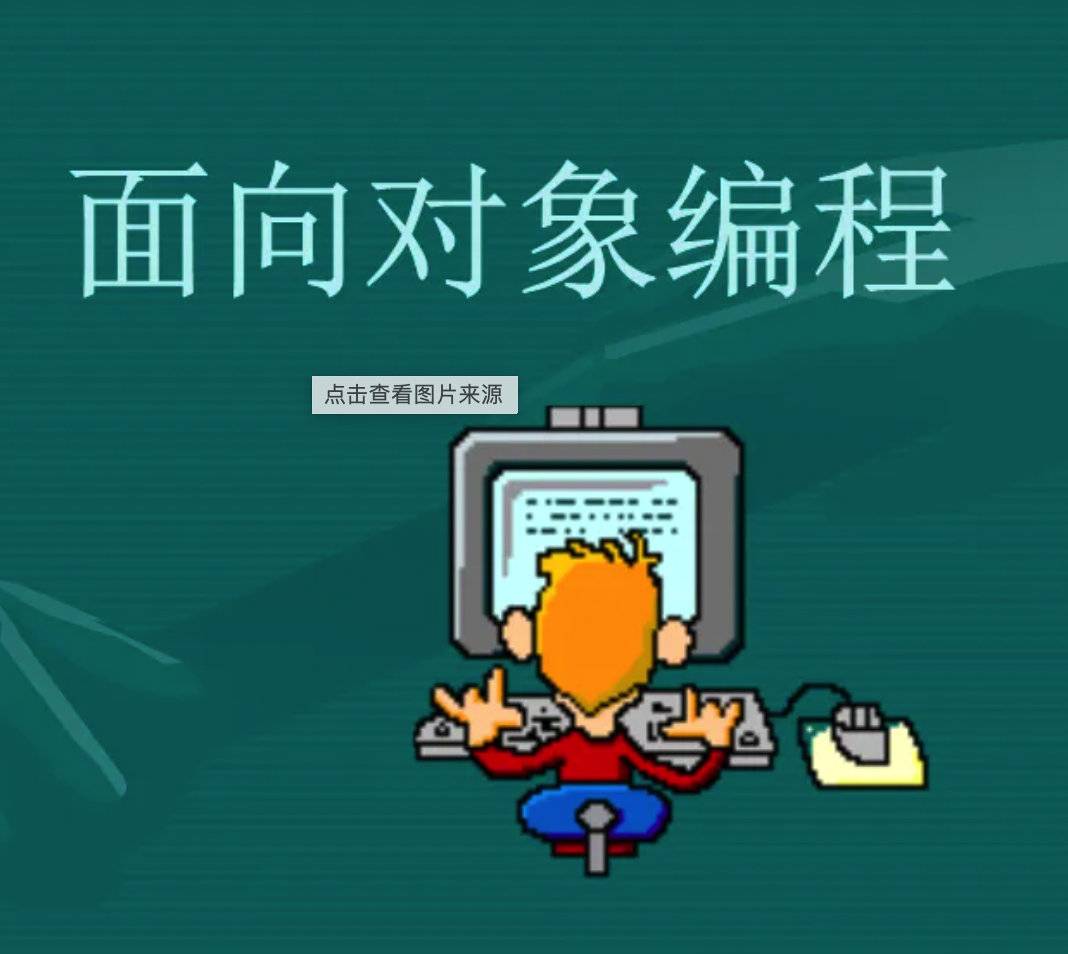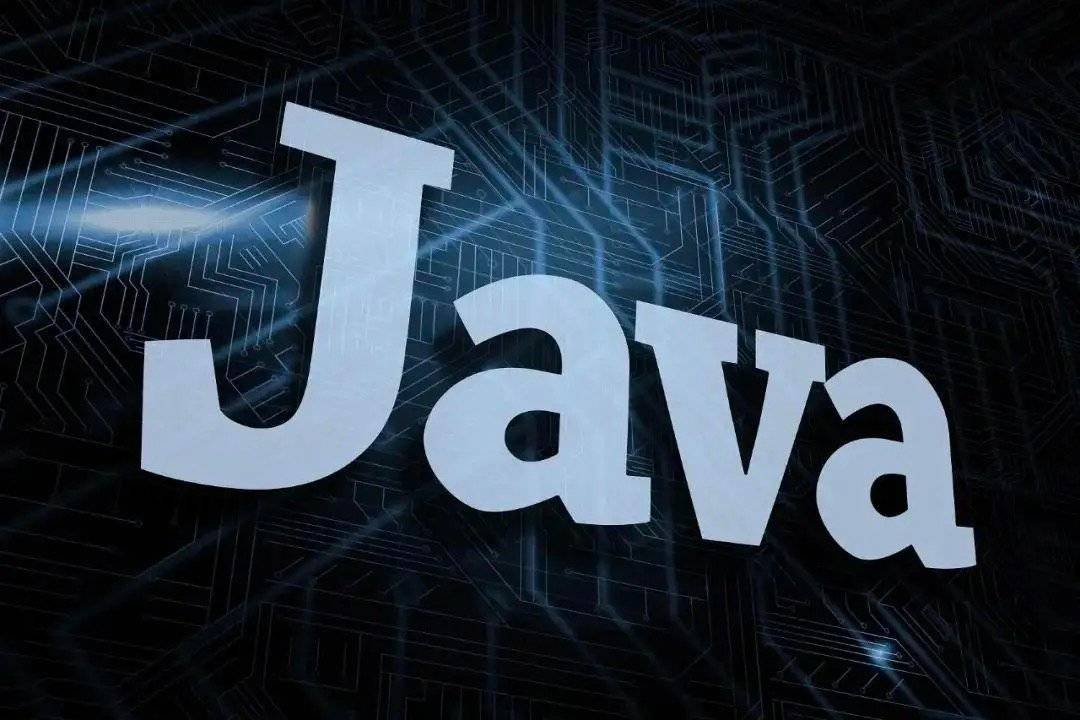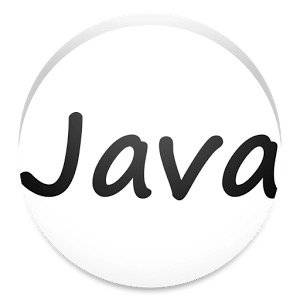L12-Java常用类
字符串相关类
String类
概述
String类:构造字符串对象
- 常量对象:字符串常量对象是用双引号括起的字符序列。 例如:”你好”、”12.97”、”boy”等。
- 字符串的字符使用Unicode字符编码,一个字符占两个字节
- String类较常用构造方法:
String s1 = new String();String s2 = new String(String original);String s3 = new String(char[] a);String s4 = new String(char[] a, int startIndex, int count);
字符串的特性
- String是一个final类,代表不可变的字符序列
- 字符串是不可变的。一个字符串对象一旦被配置,其内容是不可变的。
字符串对象操作
public int length():返回字符串的长度public char charAt(int index):返回指定index位置的字符,index从0开始public boolean equals(Object anObject):比较两个字符串是否相等。相等为true,否则为falsepublic int compareTo(String anotherString)public int indexOf(String s):返回字符串在当前字符串首次出现的位置,若没有,返回-1public int indexOf(String s ,int startpoint):返回字符串从当前字符串startpoint位置开始,首次出现的位置public int lastIndexOf(String s):返回字符串在当前字符串最后一次出现的位置,若没有,返回-1public int lastIndexOf(String s ,int startpoint):返回字符串从当前字符串startpoint位置开始,最后一次出现的位置public boolean startsWith(String prefix):判断当前字符串是否以prefix开始public boolean endsWith(String suffix):判断当前字符串是否以suffix结束public boolean regionMatches(int firstStart,String other,int otherStart ,int length):判断当前字符串从firstStart开始的子串与另一字符串other从otherStart开始,length长度的字符串是否相等
字符串对象修改
public String substring(int startpoint):返回从startpoint开始到结束的字符串public String substring(int start,int end):返回从startpoint开始到end结束的字符串pubic String replace(char oldChar,char newChar):将字符串中oldChar全部替换为newCharpublic String replaceAll(String old,String new):将原字符串old替换为新字符串newpublic String trim():去除当前字符串中首和尾的空格public String concat(String str):连接当前字符串和strpublic String[] split(String regex):将原有字符串以regex分割,返回String类型的数组
练习
练习1:模拟一个trim方法,去除字符串两端的空格。
1 | public class TestString { |
练习2:将一个字符串进行反转。将字符串中指定部分进行反转。比如将“abcdefg”反转为”abfedcg”
1 | public class TestString { |
练习3:获取一个字符串在另一个字符串中出现的次数。比如:获取“ab”在 “abkkcadkabkebfkabkskab”中出现的次数
1 | public class TestString { |
练习4:获取两个字符串中最大相同子串。比如:str1 = “abcwerthelloyuiodef”;str2 = “cvhellobnm”。提示:将短的那个串进行长度依次递减的子串与较长的串比较。
1 | import java.util.ArrayList; |
练习5:对字符串中字符进行自然顺序排序。提示:
- 字符串变成字符数组。
- 对数组排序,选择,冒泡,Arrays.sort();
- 将排序后的数组变成字符串。
1 | import java.util.Arrays; |
字符串与基本数据类型相互转化
字符串转换为基本数据类型
- Integer包装类的
public static int parseInt(String s),可以将由“数字”字符组成的字符串转换为整型。 - 类似地,使用java.lang包中的Byte、Short、Long、Float、Double类调相应的类方法可以将由“数字”字符组成的字符串,转化为相应的基本数据类型。
- Integer包装类的
基本数据类型转换为字符串
- 调用String类的
public String valueOf(int n)可将int型转换为字符串 - 相应的
valueOf(byte b)、valueOf(long l)、valueOf(float f)、valueOf(double d)、valueOf(boolean b)可由参数的相应类到字符串的转换
- 调用String类的
字符串与字节数组相互转化
字符串转换为字节数组
public byte[] getBytes()方法使用平台默认的字符编码,将当前字符串转化为一个字节数组。public byte[] getBytes(String charsetName)使用参数指定字符编码,将当前字符串转化为一个字节数组。
字节数组转换为字符串
String(byte[])用指定的字节数组构造一个字符串对象。String(byte[],int offset,int length)用指定的字节数组的一部分,即从数组起始位置offset开始取length个字节构造一个字符串对象。
字符串与字符数组相互转化
字符串转换为字符数组
- 将字符串中的全部字符存放在一个字符数组中的方法:
public char[] toCharArray()
- 将字符串中的全部字符存放在一个字符数组中的方法:
字符数组转换为字符串
- String 类的构造方法:
String(char[])和String(char[],int offset,int length)分别用字符数组中的全部字符和部分字符创建字符串对象
- String 类的构造方法:
StringBuffer类
概述
- java.lang.StringBuffer代表可变的字符序列,可以对字符串内容进行增删。
- 很多方法与String相同,但StingBuffer是可变长度的。
- StringBuffer是一个容器。
- StringBuffer类有三个构造方法:
StringBuffer()初始容量为16的字符串缓冲区StringBuffer(int size)构造指定容量的字符串缓冲区StringBuffer(String str)将内容初始化为指定字符串内容
常用方法
添加
StringBuffer append(String s)StringBuffer append(int n)StringBuffer append(Object o)StringBuffer append(char n)StringBuffer append(long n)StringBuffer append(boolean n)
插入
StringBuffer insert(int index, String str)
反转
public StringBuffer reverse()
删除
StringBuffer delete(int startIndex, int endIndex)
查
public char charAt(int n )
修改
public void setCharAt(int n ,char ch)
替换
StringBuffer replace( int startIndex ,int endIndex, String str)
返回索引
public int indexOf(String str)
返回子串
public String substring(int start,int end)
返回长度
public int length()
StringBuilder类
- StringBuilder 和 StringBuffer 非常类似,均代表可变的字符序列,而且方法也一样
- String:不可变字符序列
- StringBuffer:可变字符序列、效率低、线程安全
- StringBuilder(JDK1.5):可变字符序列、效率高、线程不安全
日期类
System类
System类提供的public static long currentTimeMillis()用来返回当前时间与1970年1月1日0时0分0秒之间以毫秒为单位的时间差。此方法适于计算时间差。
计算世界时间的主要标准有:
- UTC(Universal Time Coordinated)
- GMT(Greenwich Mean Time)
- CST(Central Standard Time)
Date类
表示特定的瞬间,精确到毫秒。
构造方法:
Date():使用Date类的无参数构造方法创建的对象可以获取本地当前时间。Date(long date)
常用方法:
- **
getTime()**:返回自 1970 年 1 月 1 日 00:00:00 GMT 以来此 Date 对象表示的毫秒数。 toString():把此 Date 对象转换为以下形式的 String:dow mon dd hh:mm:ss zzz yyyy ,其中:dow 是一周中的某一天 (Sun, Mon, Tue, Wed, Thu, Fri, Sat),zzz是时间标准。
SimpleDateFormat类
Date类的API不易于国际化,大部分被废弃了,java.text.SimpleDateFormat类是一个不与语言环境有关的方式来格式化和解析日期的具体类。
它允许进行格式化(日期—>文本)、解析(文本>日期)
格式化:
- SimpleDateFormat() :默认的模式和语言环境创建对象
- public SimpleDateFormat(String pattern):该构造方法可以用参数pattern指定的格式创建一个对象
- 该对象调用:**public String format(Date date)**:方法格式化时间对象date
解析:
- public Date parse(String source):从给定字符串的开始解析文本,以生成一个日期。
Calendar(日历)类
Calendar是一个抽象基类,主用用于完成日期字段之间相互操作的功能。
获取Calendar实例的方法
- 使用
Calendar.getInstance()方法 - 调用它的子类
GregorianCalendar的构造器。
- 使用
一个Calendar的实例是系统时间的抽象表示,通过
get(int field)方法来取得想要的时间信息。比如YEAR、MONTH、DAY_OF_WEEK、HOUR_OF_DAY 、MINUTE、SECONDpublic void set(int field,int value)public void add(int field,int amount)public final Date getTime()public final void setTime(Date date)
Math类
java.lang.Math提供了一系列静态方法用于科学计算;其方法的参数和返回值类型一般为double型。
- abs 绝对值
- acos,asin,atan,cos,sin,tan 三角函数
- sqrt 平方根
- pow(double a,doble b) a的b次幂
- log 自然对数
- exp e为底指数
- max(double a,double b)
- min(double a,double b)
- random() 返回0.0到1.0的随机数
- long round(double a) double型数据a转换为long型(四舍五入)
- toDegrees(double angrad) 弧度—>角度
- toRadians(double angdeg) 角度—>弧度
BigInteger类
Integer类作为int的包装类,能存储的最大整型值为2^31-1,BigInteger类的数字范围较Integer类的数字范围要大得多,可以支持任意精度的整数。
构造器
BigInteger(String val)
常用方法
public BigInteger abs()public BigInteger add(BigInteger val)public BigInteger subtract(BigInteger val)public BigInteger multiply(BigInteger val)public BigInteger divide(BigInteger val)public BigInteger remainder(BigInteger val)public BigInteger pow(int exponent)public BigInteger[] divideAndRemainder(BigInteger val)
BigDecimal类
一般的Float类和Double类可以用来做科学计算或工程计算,但在商业计算中,要求数字精度比较高,故用到java.math.BigDecimal类。BigDecimal类支持任何精度的定点数。
构造器
public BigDecimal(double val)public BigDecimal(String val)
常用方法
public BigDecimal add(BigDecimal augend)public BigDecimal subtract(BigDecimal subtrahend)public BigDecimal multiply(BigDecimal multiplicand)public BigDecimal divide(BigDecimal divisor, int scale, int roundingMode)
面试题
- String s = new String(“xyz”); 创建了几个String Object
答:两个,一个字符对象,一个字符对象引用对象
- Math.round(11.5)等于多少? Math.round(-11.5)等于多少
答: Math.round(11.5)==12;Math.round(-11.5)==-11;round方法返回与参数最接近的长整数,参数加1/2后求其floor
- 是否可以继承String类
答:String类是final类,故不可以继承
- String与StringBuffer的区别。
答:String 的长度是不可变的,StringBuffer的长度是可变的。如果你对字符串中的内容经常进行操作,特别是内容要修改时,那么使用StringBuffer,如果最后需要String,那么使用StringBuffer的toString()方法。







